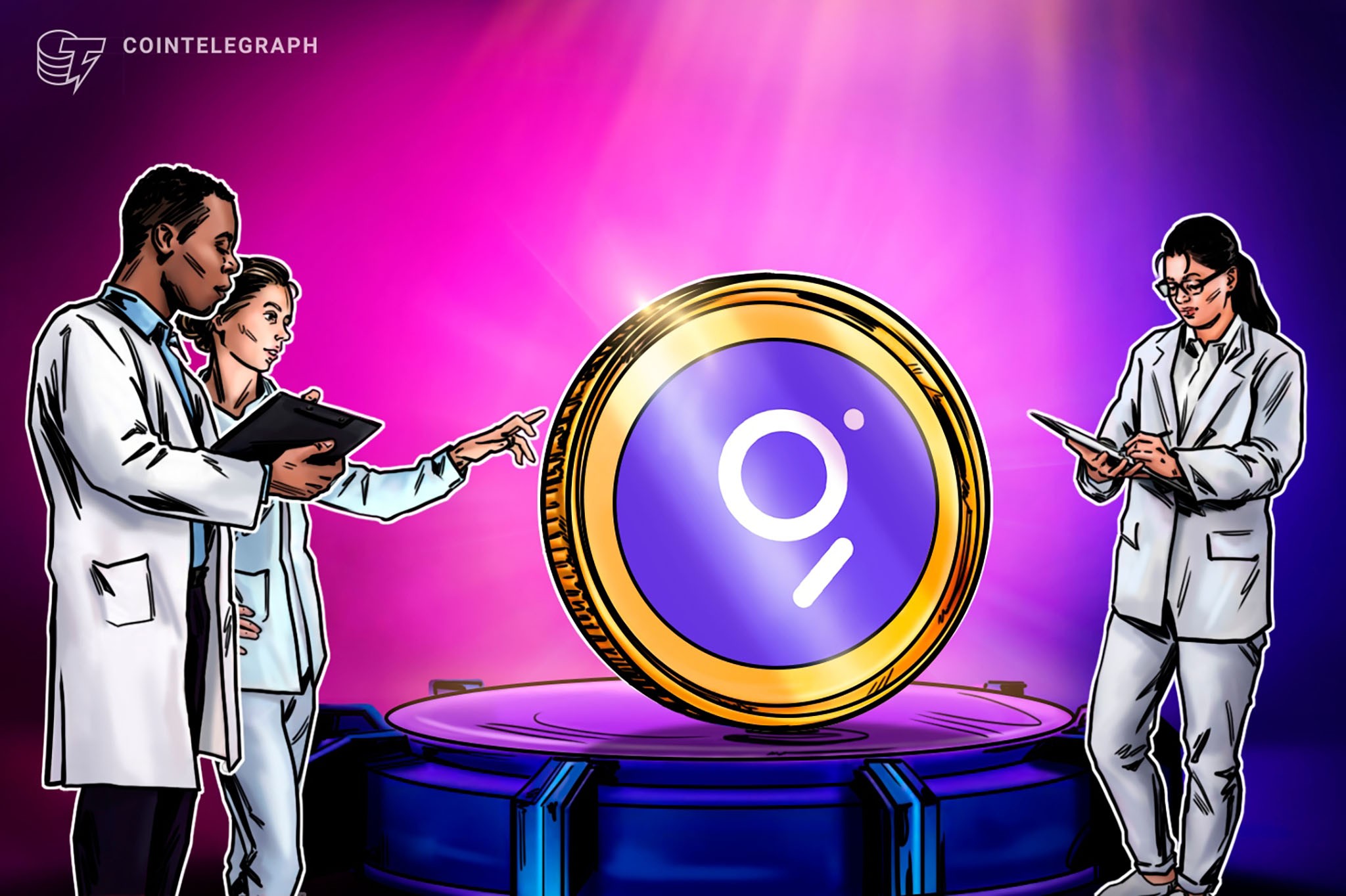
The Graph is an indexing protocol for Web3 applications that organizes blockchain data to make it easily accessible with GraphQL..
Is The Graph (GRT) crypto a good investment?
Due to the volatile and uncontrolled nature of the digital currency market, due diligence and a full understanding of The Graph’s (GRT) usage, adoption and risks are highly recommended before investing.
The popularity of The Graph (GRT) cryptocurrency has grown since its launch in December 2020. As with other cryptocurrencies, it is essential to do extensive research before investing in GRT.
One factor to consider while considering the financial potential of GRT is its application. By allowing developers to access and index blockchain data easily, GRT is an indispensable tool for building decentralized applications.
Popular blockchain applications such as Uniswap, Aave and Compound accept The Graph Network. This bodes well for the platform’s future demand. The employee base is also worth considering. The founder of The Graph has extensive experience in the blockchain business, and the company has already demonstrated its capacity to carry out its goals.
Likewise, the team has received funding from major venture capital firms, proving they have the financial backing to continue the development of The Graph Network. Although appealing, it is critical to understand the inherent risks associated with investing in digital currencies. The value of GRT is highly speculative and subject to sudden swings in the market.
Given that the cryptocurrency industry is primarily unregulated in many countries, it is also essential to be mindful of regulatory concerns. Therefore, as with any investment, extensive research is essential.
How to buy The Graph (GRT)
Users can purchase The Graph (GRT) by opening an account on a cryptocurrency exchange that offers GRT trading pairs and placing a buy order.
Users can purchase The Graph (GRT) by opening an account on a cryptocurrency exchange that offers GRT trading pairs, such as Binance or Coinbase. After that, fund the account, find the GRT trading pair, and place a buy order for GRT tokens. The GRT tokens will be credited to the exchange account once the buy order is filled.
Once the order is confirmed, the exchange will complete the trade. If the user issues a market order, the trade will be executed almost immediately at the current market price. On the other hand, if the user puts in a limit order, the purchase will only happen when the market hits the specified price. The GRT tokens will be credited to the exchange account once the buy order is filled.
How to use The Graph
Users can access The Graph via Graph Explorer, where developers can create subgraphs, consumers can access data, and GRT can be sold on cryptocurrency exchanges.
Here are the steps on how to use The Graph:
- Install a library or software such as a Graph Node or Graph Explorer, a user interface that enables users and developers to interact with The Graph Network.
- The next step is to identify which subgraph to query.
- After identifying the subgraph to query, users can define their query.
- Now that the query has been defined, users can use the Graph Node to query the subgraph. The Graph has open-source software that developers can use to build and publish subgraphs.

Users can search and access data on decentralized applications integrated with The Graph Network. They can also exchange GRT on cryptocurrency exchanges offering GRT trading pairs, enabling them to buy and sell GRT tokens like any other cryptocurrency.
What problem does The Graph solve?
The Graph provides a decentralized indexing protocol that automates the indexing and querying of blockchain data, as well as a community-driven governance model, security and transparency.
By providing a decentralized indexing protocol that automates the process, The Graph addresses the issue of centralized blockchain data indexing and querying. It makes indexing and querying blockchain data more efficient, saving time and money for developers.
GRT holders can participate in the governance of The Graph Network through a decentralized autonomous organization (DAO). That ensures developers and contributors make decisions affecting the network using The Graph’s indexing and query solutions, keeping the network decentralized and community-driven.
Additionally, because it is distributed across nodes, The Graph offers security and transparency that centralized indexes cannot match. Since blockchain data is indexed and searched on a decentralized network, cybercriminals have little opportunity to compromise the system.
How does The Graph (GRT) crypto work?
The Graph (GRT) is a decentralized cryptocurrency with multiple use cases and a community-driven, open ecosystem that provides indexing and query options to developers building DApps.
The Graph utilizes blockchain technology and a sophisticated indexing protocol to facilitate more efficient blockchain data querying. It first enables DApps to augment Ethereum with data via smart contract transactions. The Graph uses GraphQL technology, in particular, to describe each API’s data in detail.
Graph Nodes perform the initial stage of data aggregation. They are the network’s backbone and scan smart contracts. The Graph uses GraphQL technology to describe each API’s data in greater detail.
Ethereum will only allow you to retrieve basic data from projects involving complex NFTs, such as CryptoPunks, and smart contracts, such as Uniswap, if you try to read them directly.
One can use the Graph’s API or indexed subgraphs to query blockchains and retrieve more complex data faster, more efficiently and without compromising security properties for decentralization.
The Graph protocol analyzes and stores data requested from The Graph Network in subgraphs and then promptly returns the results to the requesting application. Users can browse the platform’s subgraphs using The Graph Explorer portal since The Graph is built on open-source software.

Six major players in The Graph’s ecosystem work together to access and organize data using subgraphs. They include:
- Consumers: Developers who need data to create DApps. They pay a query fee and submit a query for the data.
- Indexers: Node operators are tasked with indexing and querying the signaled subgraphs and must stake GRT.
- Delegators: Contribute to the network administration without setting up a node by delegating GRT to indexers.
- Curators: Developers of subgraphs who determine which are of high-quality to be included in The Graph’s index.
- Fishermen: Participants who validate the accuracy of query responses in the network.
- Arbitrators: Help determine whether or not an Indexer has engaged in malicious activity. Decentralized governance assigns arbitrators.
These participants can earn payments from the network in exchange for their contributions, but only after staking GRT. GraphQL currently enables app development and usage on Ethereum, InterPlanetary File System and proof-of-authority (PoA) networks, with the expectation that more networks will become available in the near future.
History of The Graph
Launched in 2018, The Graph is a decentralized network providing a user-friendly wallet and platform for developers to access blockchain data.
The Graph is a relatively new player in the industry (founded in 2018), developed by Jannis Pohlmann, Yaniv Tal and Brandon Ramirez. Their goal was to create a decentralized system providing easy data access and querying for developers on blockchain networks.
Graph Protocol Incorporation, now known as Edge & Node, conceptualized and developed The Graph’s ecosystem. The token for the project didn’t go live on the mainnet until late 2020. That marked the protocol’s official launch, allowing developers to create and deploy subgraphs across different blockchain networks.

Following the launch of the mainnet, The Graph saw widespread interest and adoption from the DeFi community. Many notable DeFi projects have adopted The Graph to facilitate user access to their on-chain data.
The Graph Wallet is a convenient and secure way to store and manage GRT tokens. Users can store, send and receive GRT tokens using The Graph Wallet, which is compatible with iOS and Android devices, and use it to interact with DApps that accept GRT.
There has been a steady increase in the number of networks supported on The Graph, allowing for greater flexibility in the types of use cases. Further, The Graph has collaborated with several leading blockchain projects, including Chainlink and Uniswap.
What is The Graph (GRT) cryptocurrency?
The Graph is a decentralized indexing system that allows users to query data from blockchain networks, making DApp development easier.
The Graph is an open-source protocol hosted on the Ethereum blockchain, designed for indexing and querying, much like Google. It collects, organizes and stores data from other blockchains, making it searchable by users.
Using The Graph enables developers to quickly access and analyze data from blockchain networks, making decentralized applications (DApps) easier to build. GRT is The Graph’s native currency, which users pay to make queries.
The Graph’s decentralized indexing protocol uses open-source application programming interfaces (APIs) known as subgraphs, indexes that organize data within a global blockchain graph according to a user’s query.
The subgraphs are transferable, allowing developers to use GraphQL (the language used by The Graph) to query data quickly and efficiently. The Graph’s decentralized network is powered by blockchain technology, a distributed ledger system that enables secure and transparent transactions.
By providing a streamlined interface for developers to access and query data stored on decentralized networks that are not easy to query directly, The Graph is helping to speed up the creation of DApps on that network.
One of The Graph’s use cases is in the growing field of decentralized finance (DeFi). It improves developers’ access to the blockchain network data used in DeFi applications.
Users can also utilize the GRT to create nonfungible tokens (NFTs), one-of-a-kind digital assets maintained in blockchain systems. By streamlining developer access to this data, The Graph promotes the development of NFT marketplaces and other NFT-related apps.

You can get bonuses upto $100 FREE BONUS when you:
💰 Install these recommended apps:
💲 SocialGood - 100% Crypto Back on Everyday Shopping
💲 xPortal - The DeFi For The Next Billion
💲 CryptoTab Browser - Lightweight, fast, and ready to mine!
💰 Register on these recommended exchanges:
🟡 Binance🟡 Bitfinex🟡 Bitmart🟡 Bittrex🟡 Bitget
🟡 CoinEx🟡 Crypto.com🟡 Gate.io🟡 Huobi🟡 Kucoin.
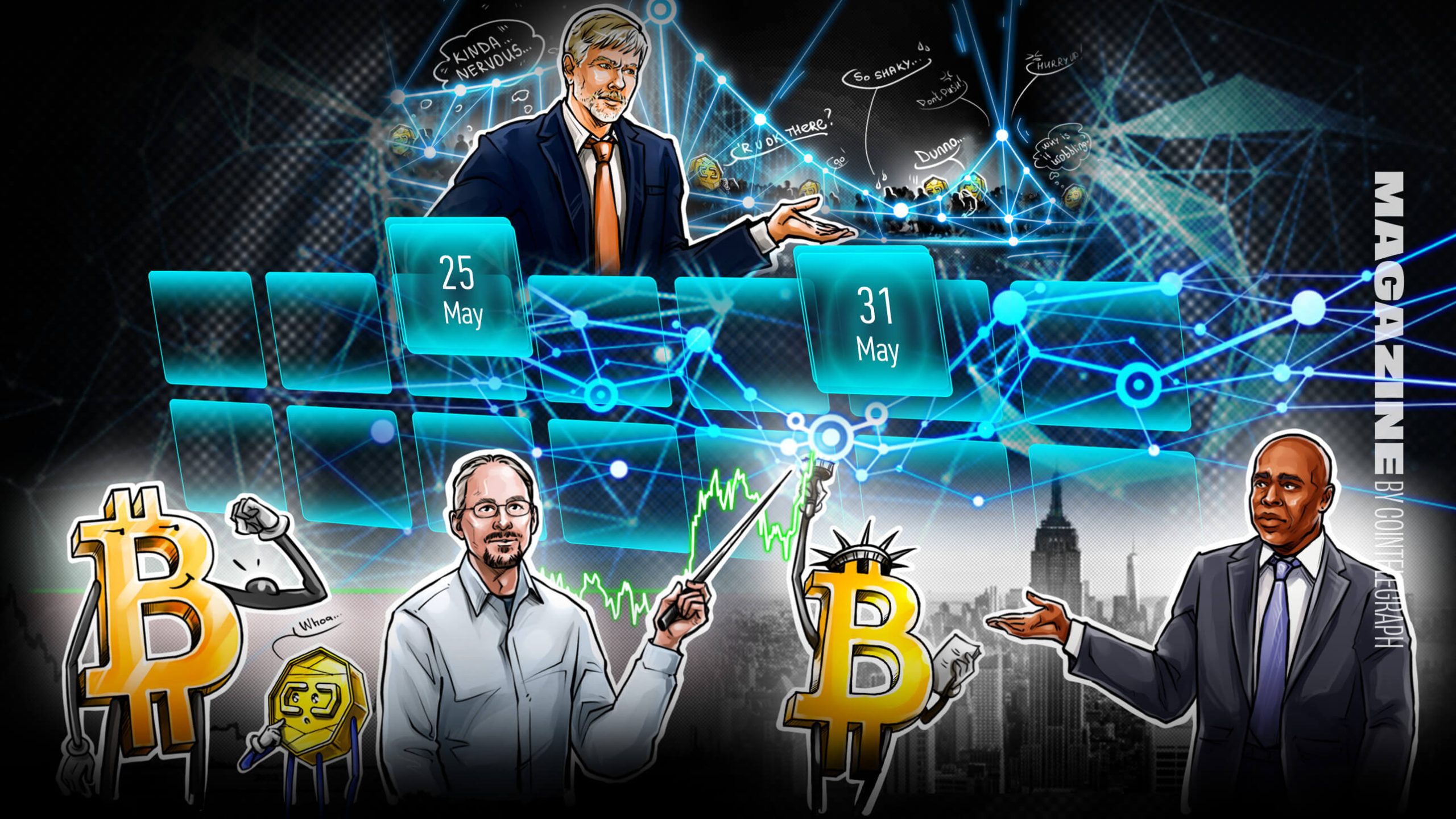

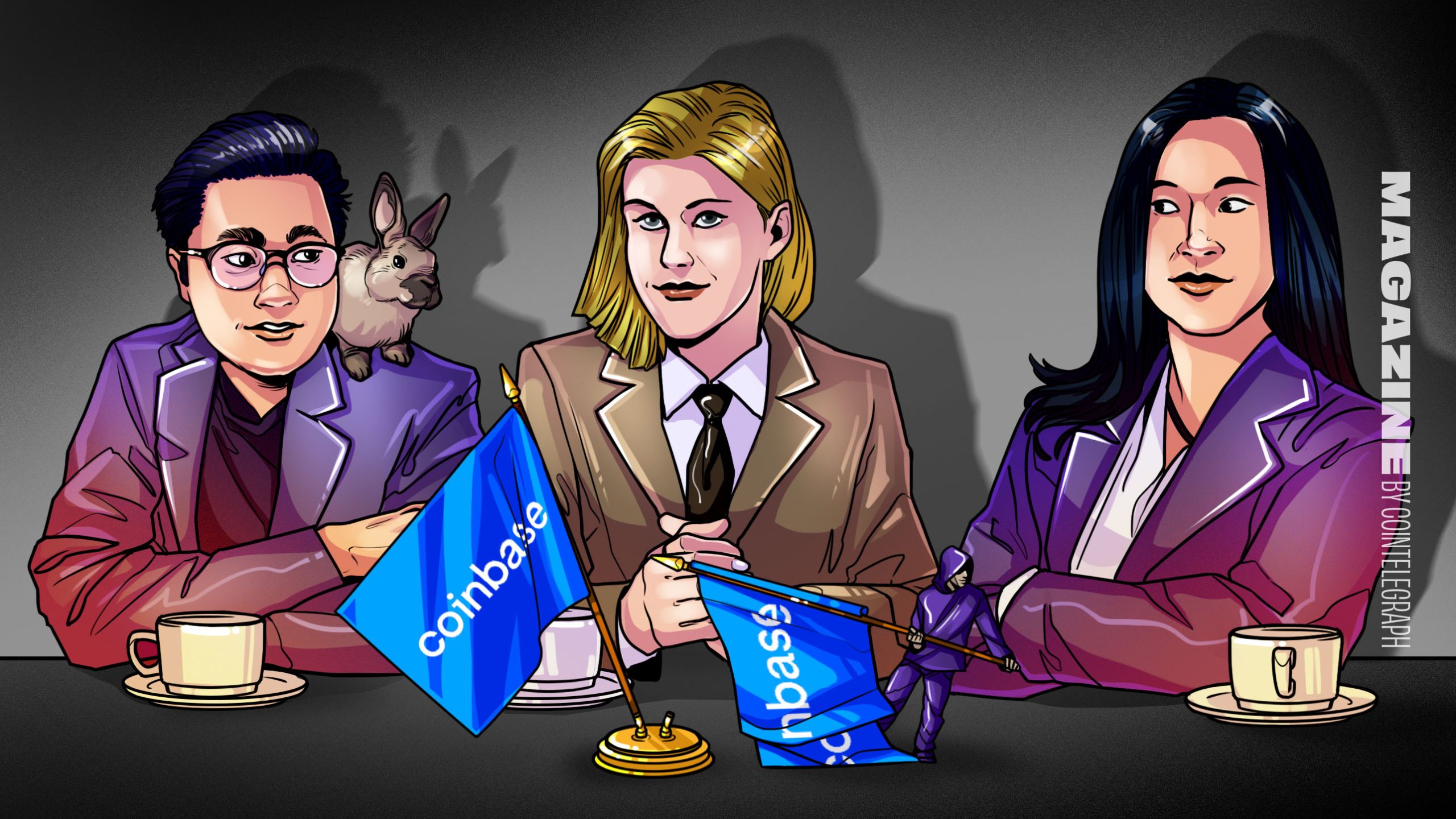
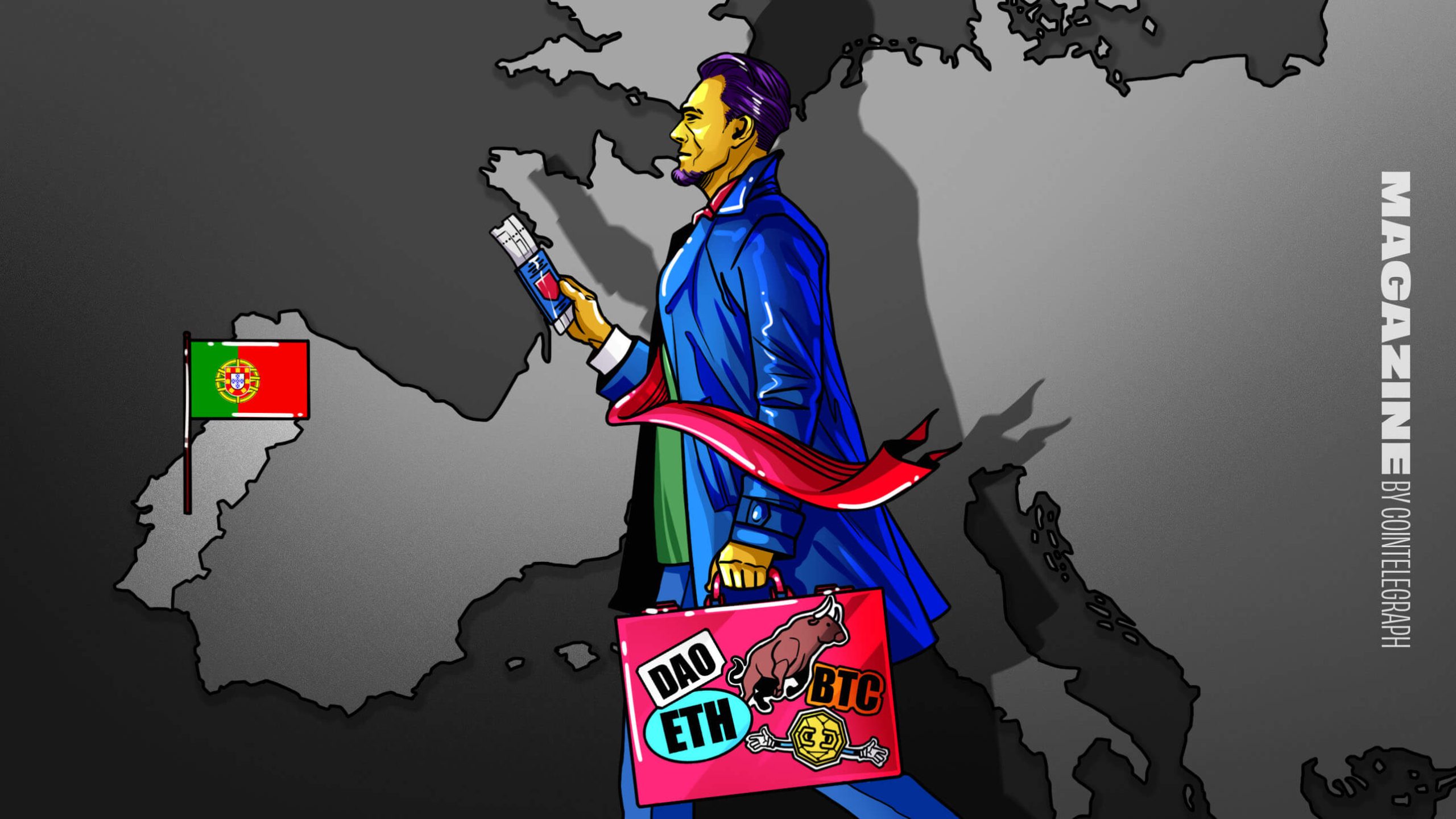

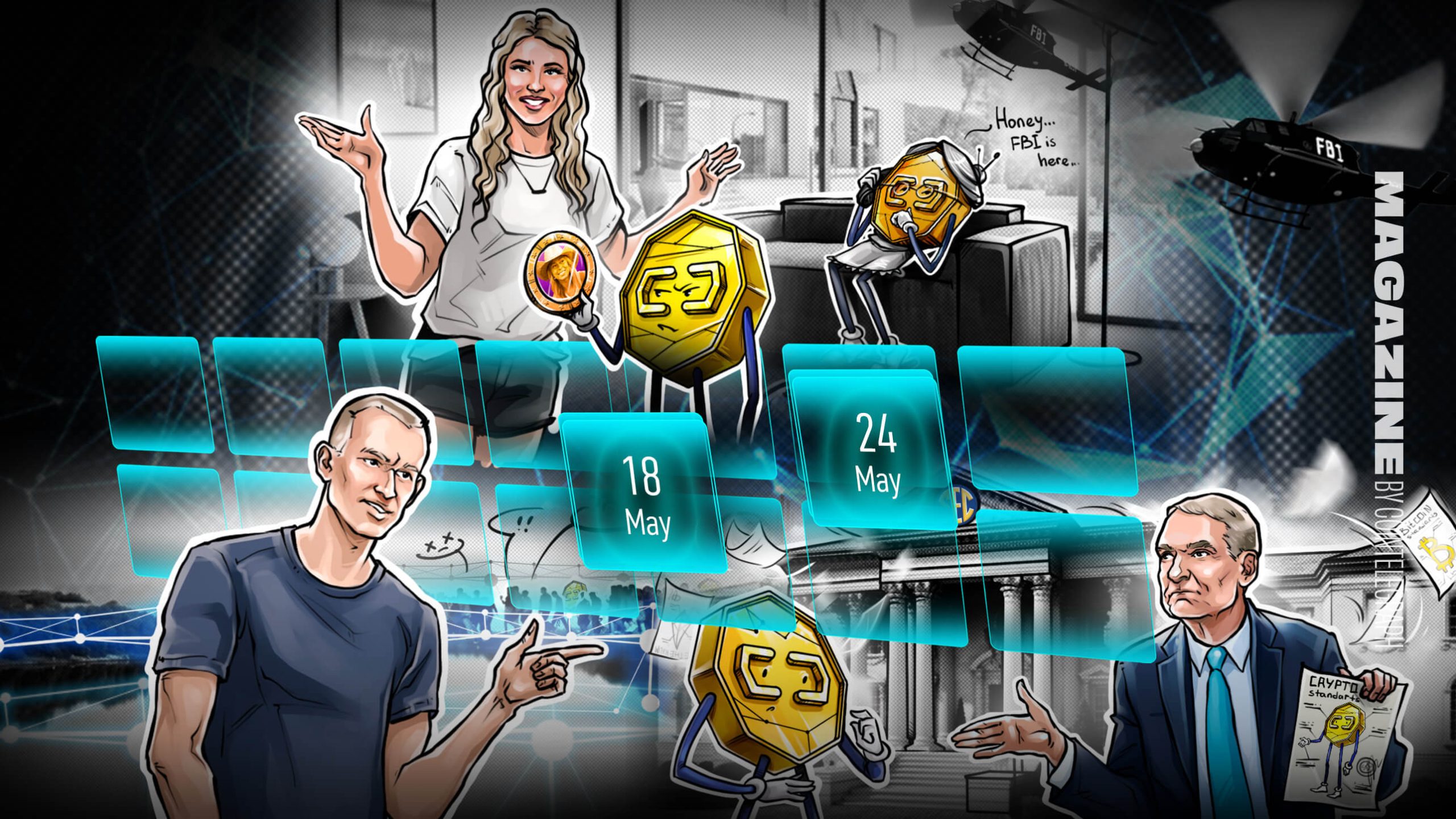

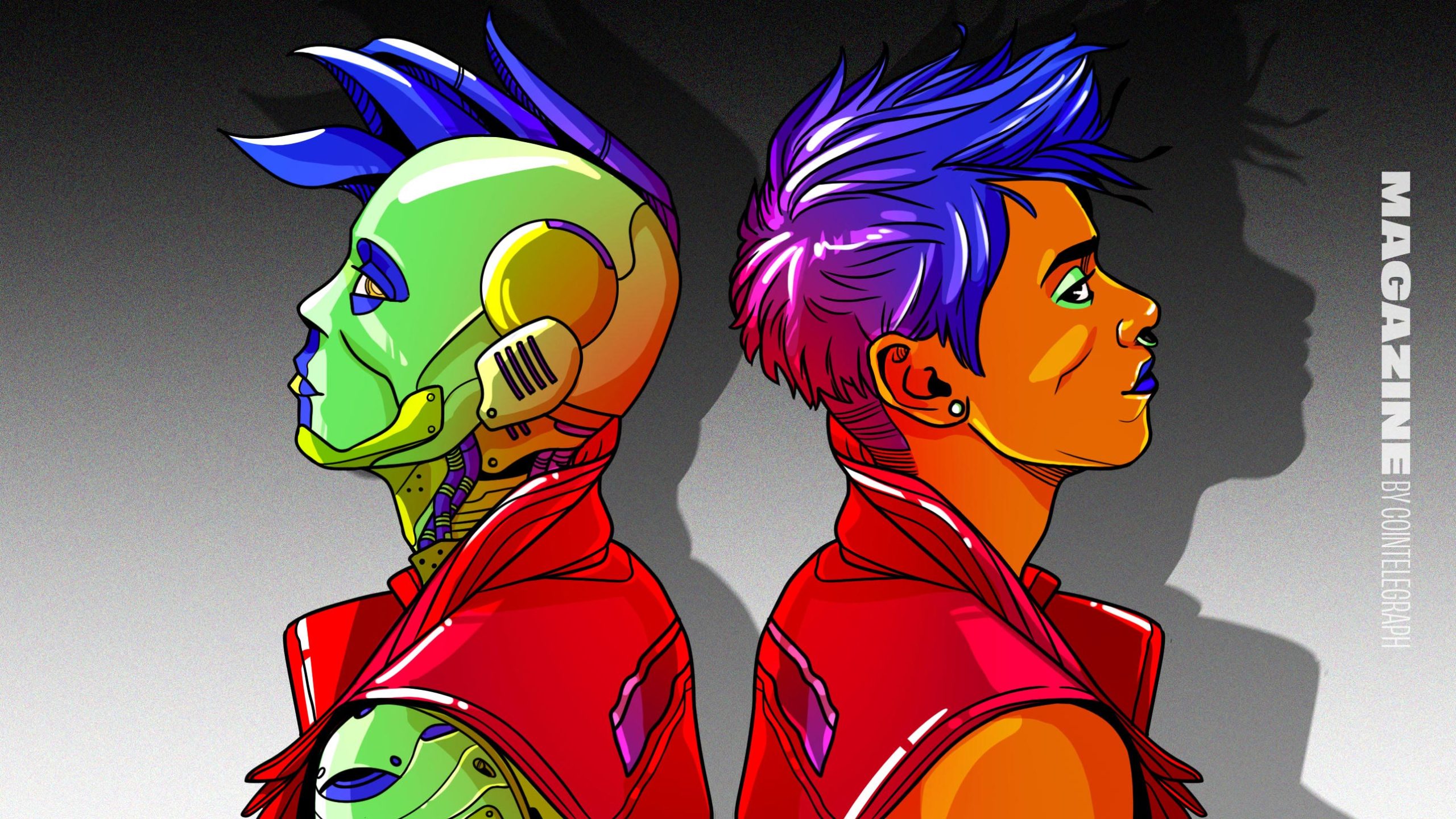
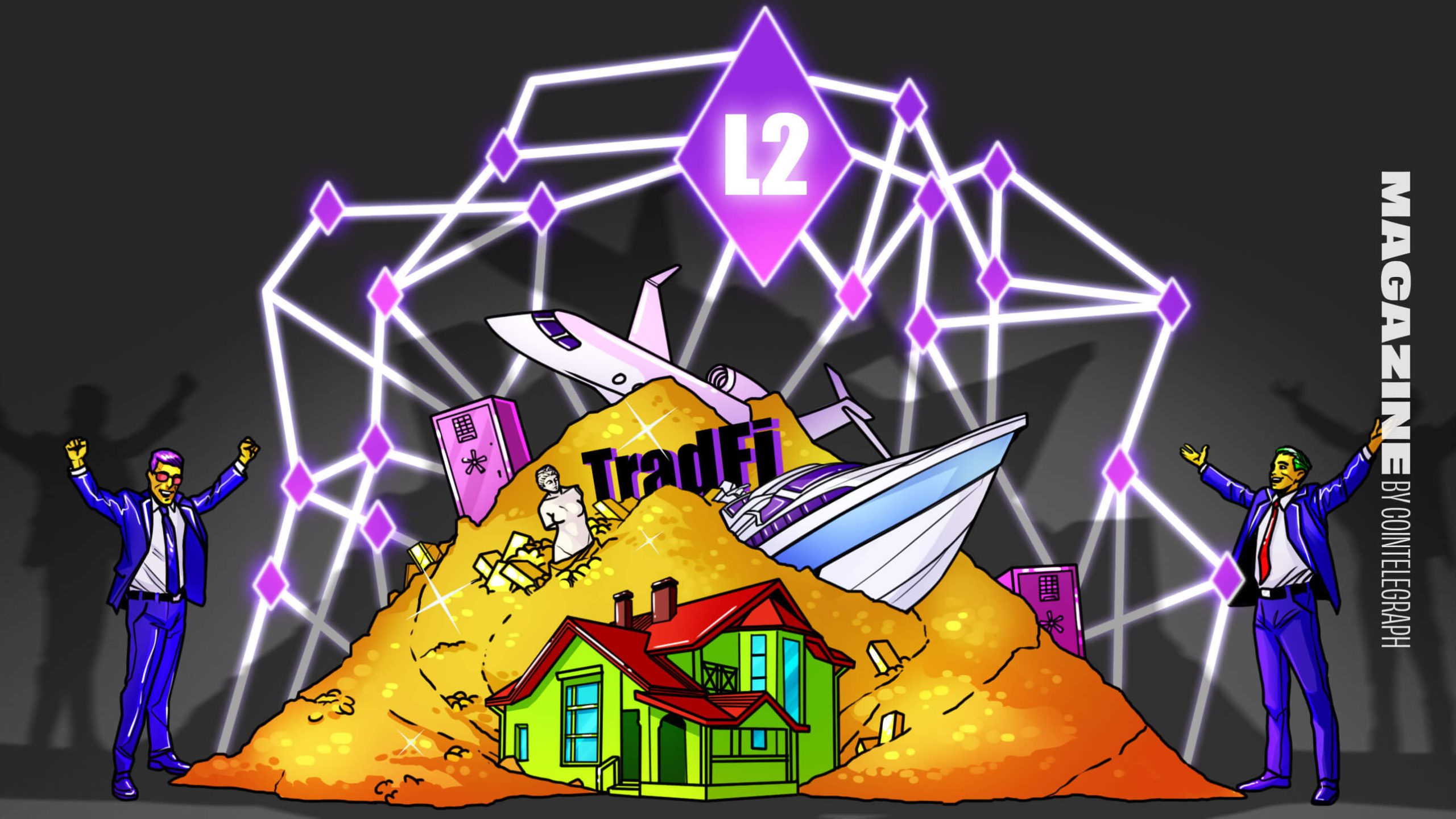
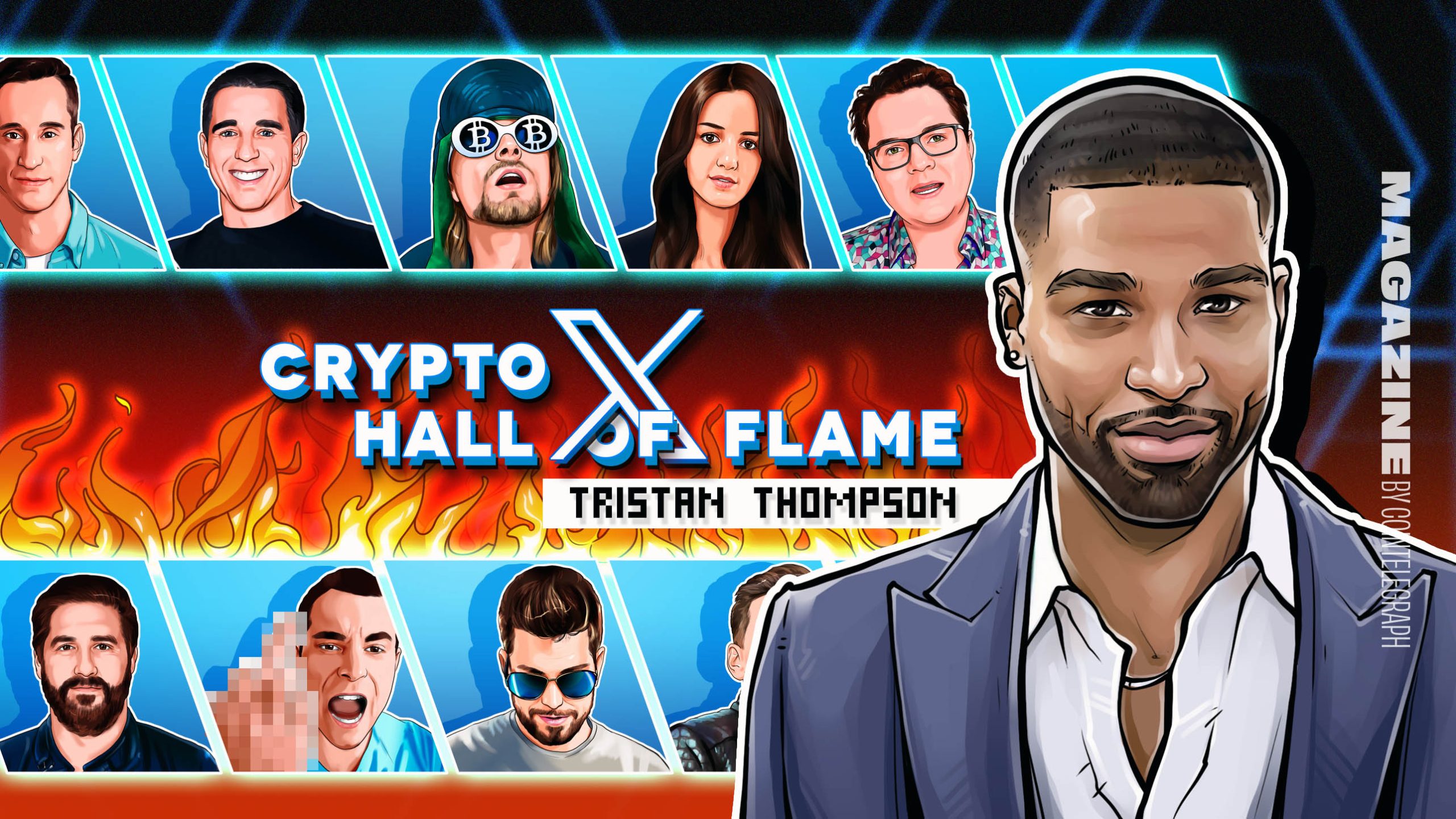
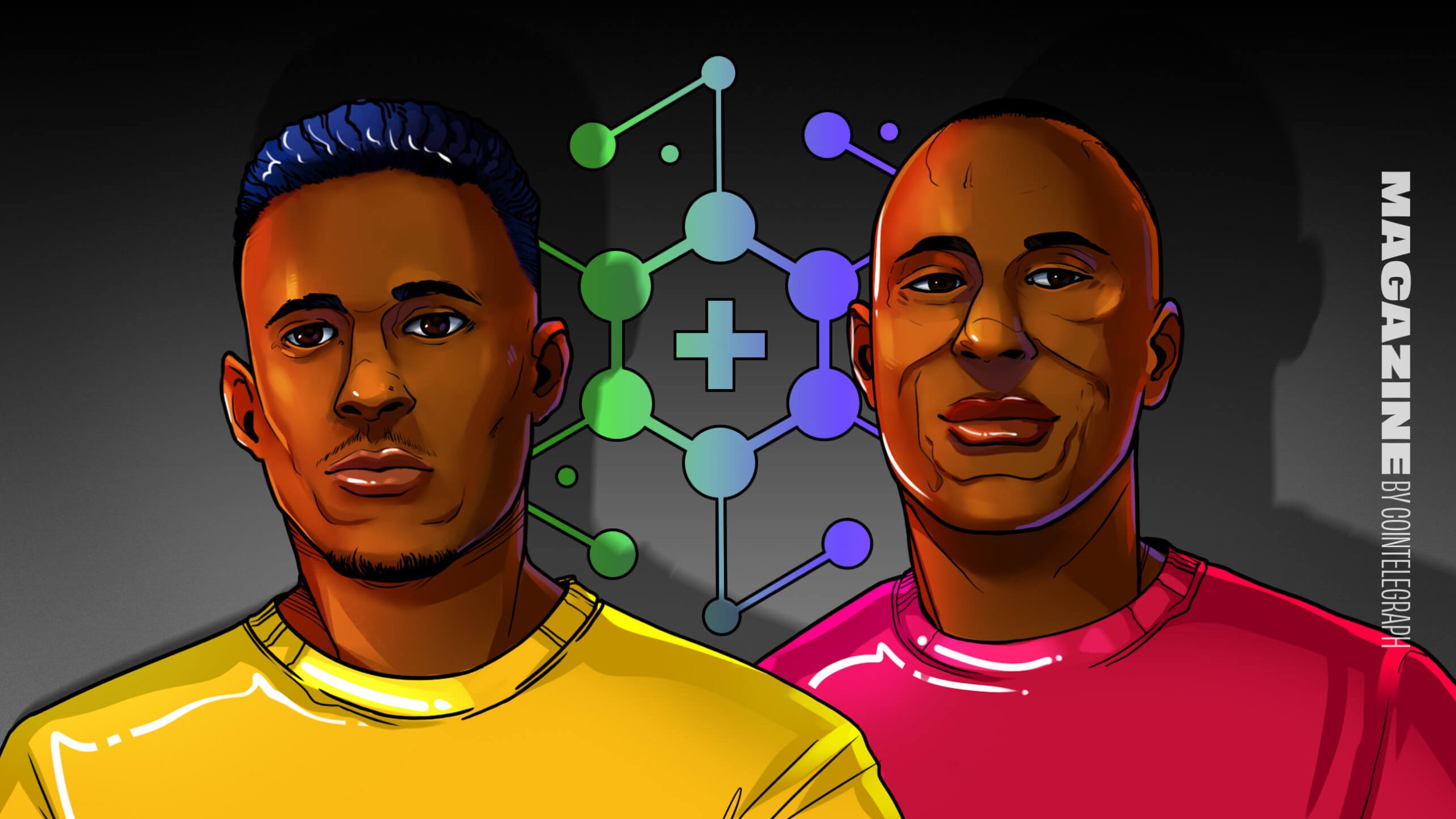
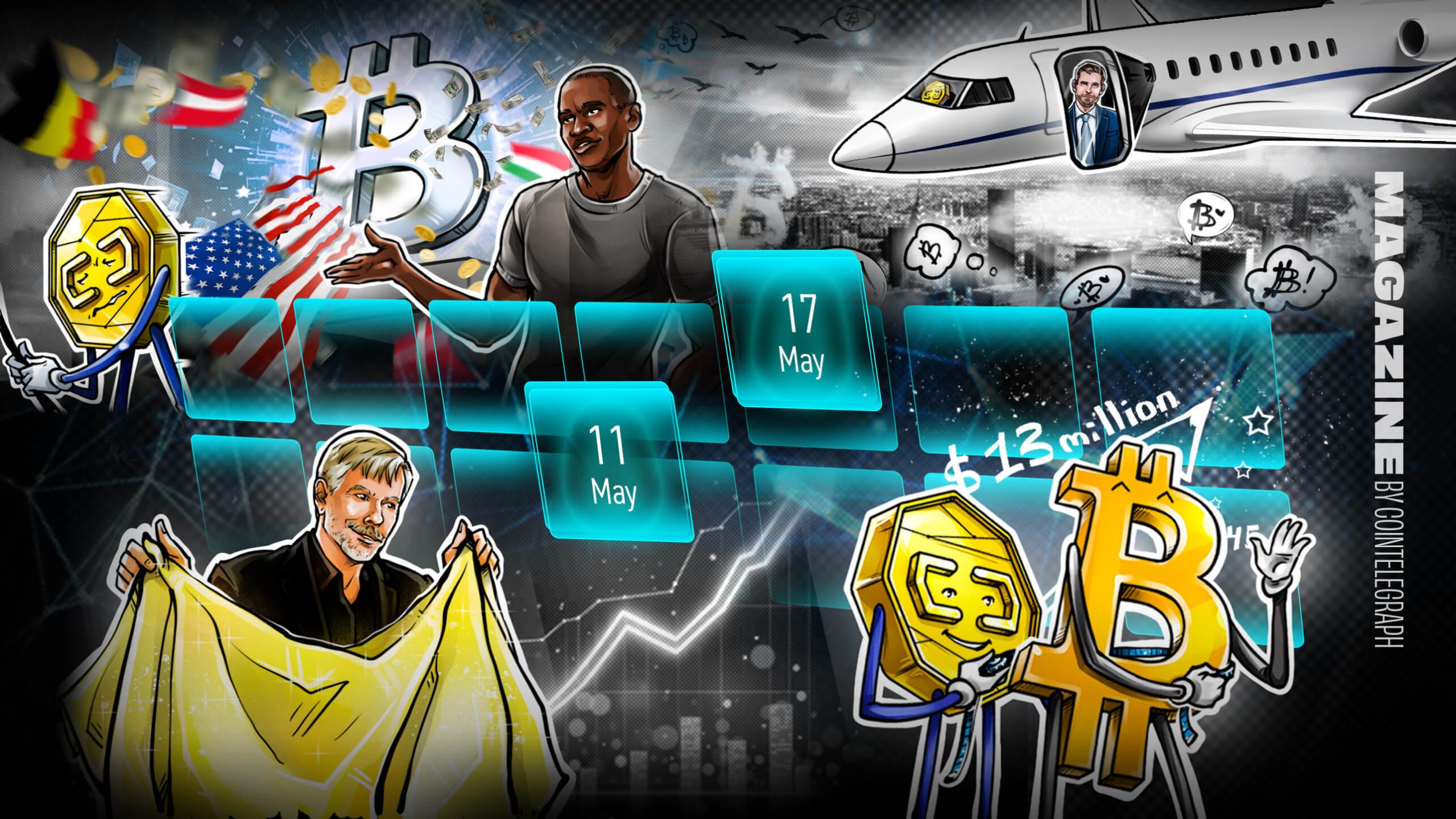








Comments